Design sprints are a framework developed by Google Ventures that helps teams to quickly test and validate ideas. The design sprint process is a five-day workshop that brings together a small team of key stakeholders to answer critical business strategy questions and create realistic prototypes. Google Ventures designed it to be fast-paced and intense, with the goal of coming up with tested solutions that can be implemented and moved forward with.
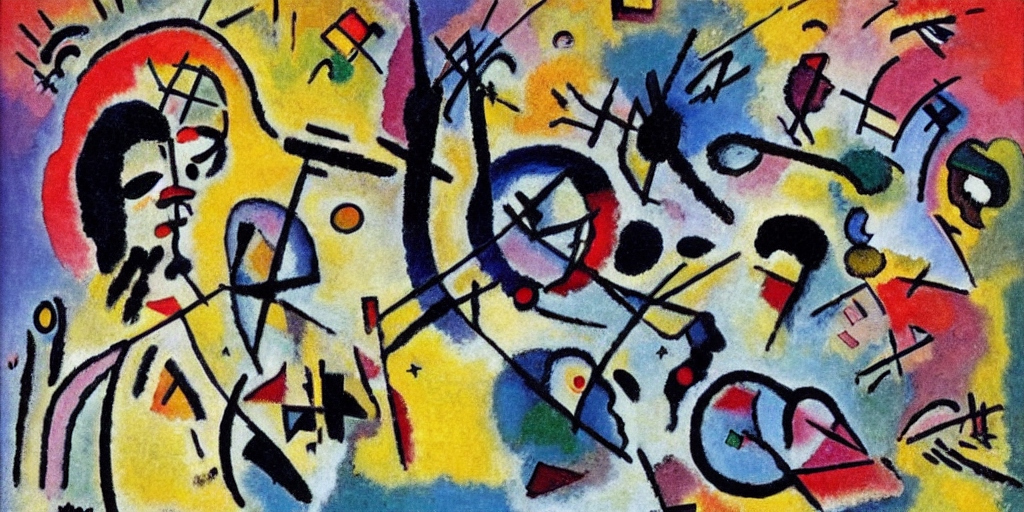
Design Sprint Goals
At the end of the sprint, your group should have a validated hypothesis, a realistic prototype of your product, a solid roadmap for what’s next, and a clearer understanding of what your customers want. In the context of product development, a design sprint usually involves a diverse group of stakeholders including engineers, designers, subject matter experts, and stakeholders. Design sprints are useful for solving a wide range of problems, from designing a new product or feature to fixing a broken process and answering critical business questions.

Design Sprint Week
The design sprint week consists of five steps: problem/idea identification, research and brainstorming, rapid prototyping, testing and validation, and implementation. Design sprints are useful for a variety of different situations. They can be used to test a new product or concept, solve issues and problems in the company, and improve operational efficiency. Design sprints have proven to be successful in a variety of different fields and industries.
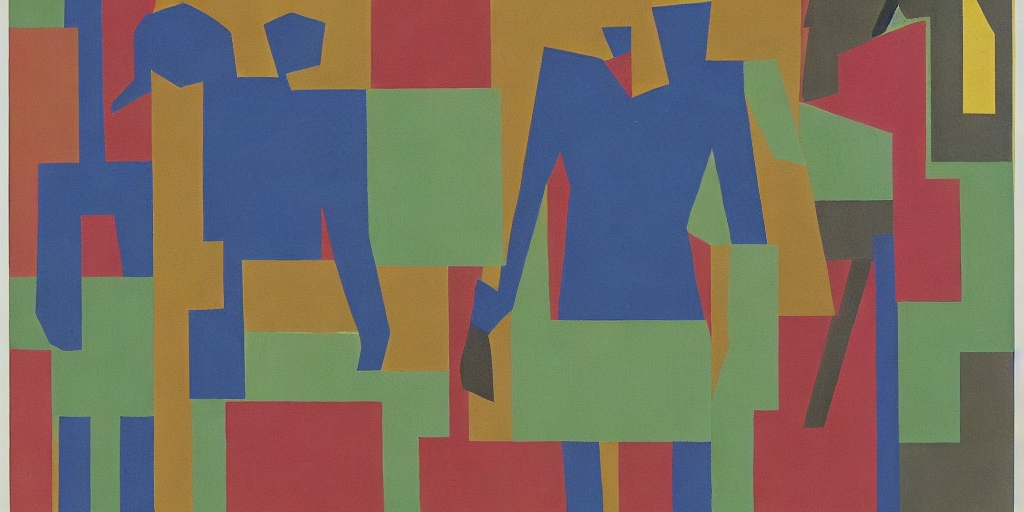
Requirements
The design sprint requires active involvement from the team members under investigation. Each day has a specific task that members must complete to move forward. At the end of the five days, the crew should have a finished realistic prototype that can be tested with customers to get valuable feedback.
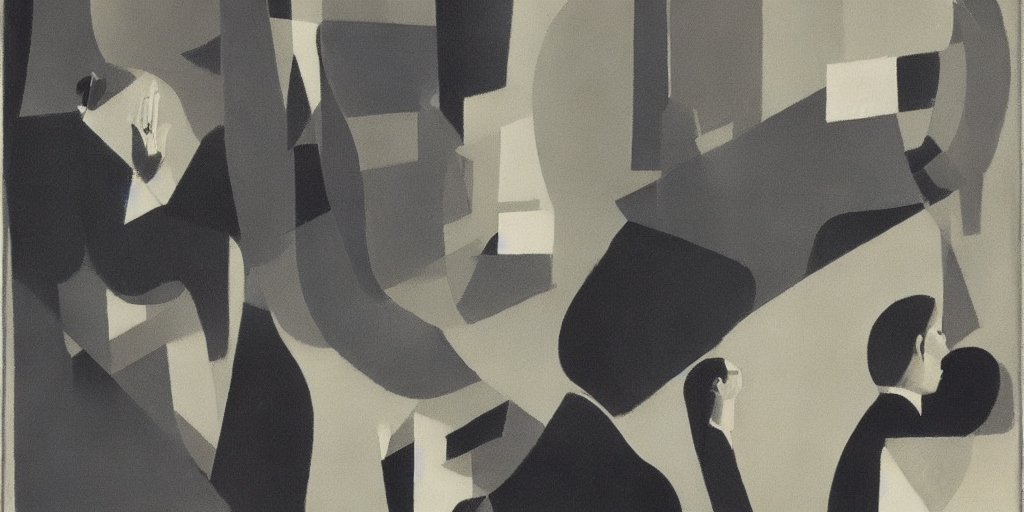
In a design sprint, teams work through a step-by-step plan to generate new concepts, conduct customer research, prototype and test solutions, and gather feedback. The process emphasizes critical thinking and user testing to ensure that the team is solving the right problems and creating solutions that meet the needs of real customers.
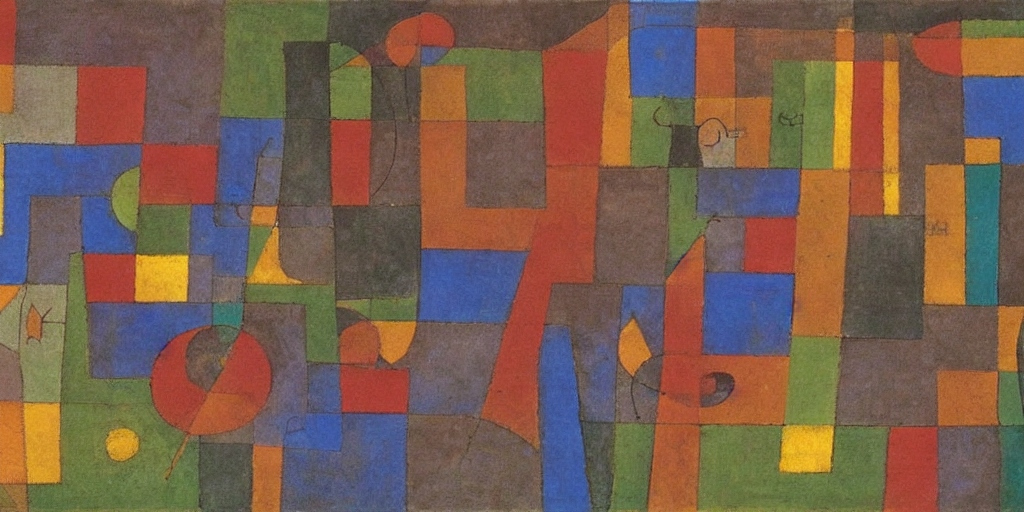
Benefits of Design Sprints
One of the key benefits of the design sprint approach is that it allows teams to rapidly prototype and test hypotheses, answering critical business questions, helping to save time and resources in the long run. By testing visions early on in the process, teams can avoid the costly and time-consuming process of building and launching solutions that may not be successful.
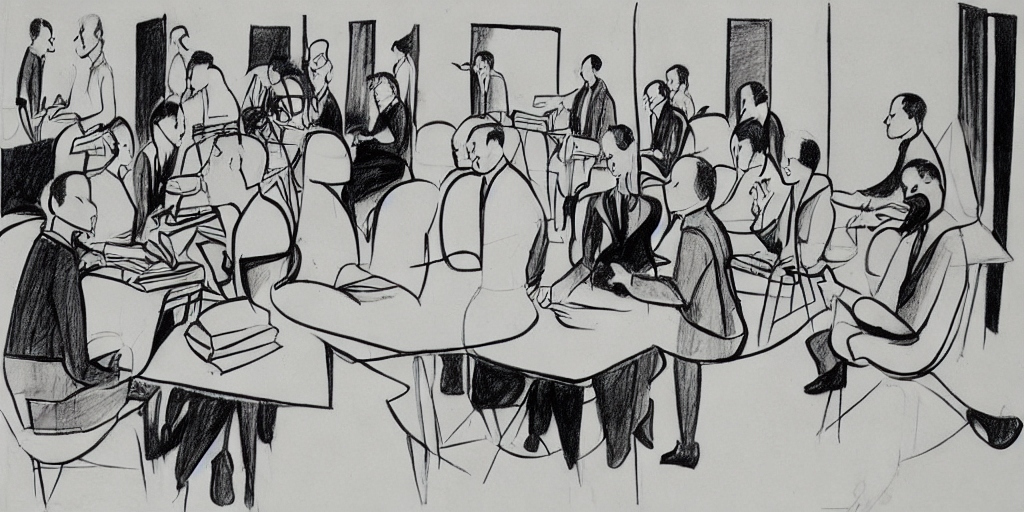
By using the design sprint technique to test concepts and iterate on them accordingly quickly, you can ensure the success of your final product. One of the best ways to test your assertions early on in the process is to actually ask your customers what they think about them. This can be done through focus groups, surveys, or even quick one-on-one interviews with select customers.
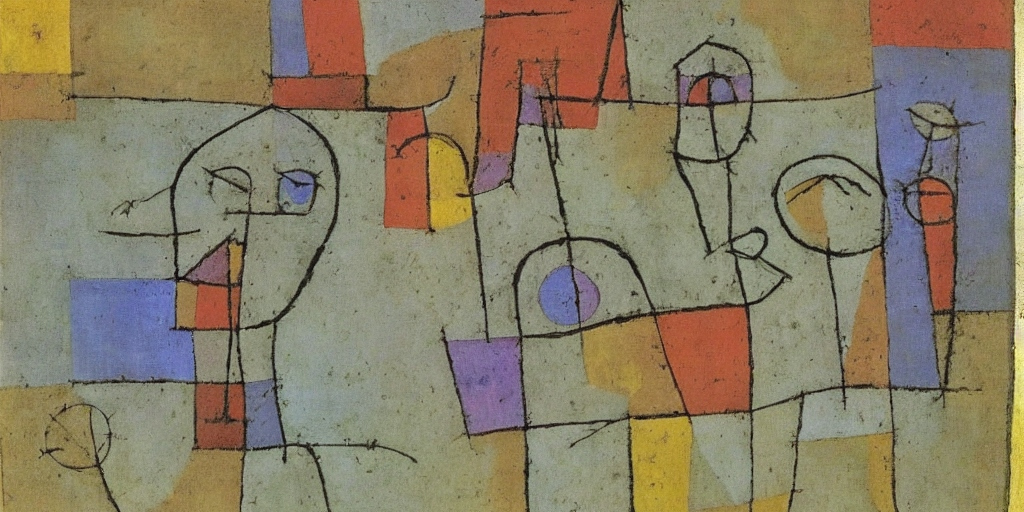
Prototyping and testing ideas
Prototyping allows you to test your assumptions and validate your concepts as early as possible. It can also help you to test different variations and determine which one works best. During the design sprint week, the group will likely generate many thoughts. The best way to determine which one to go with is to test different variations and measure the results.
Furthermore, testing early on in the process allows teams to iterate on the design and implementation of their product or solution, avoiding the risk of locking in a design or feature that does not meet the needs of the intended audience.
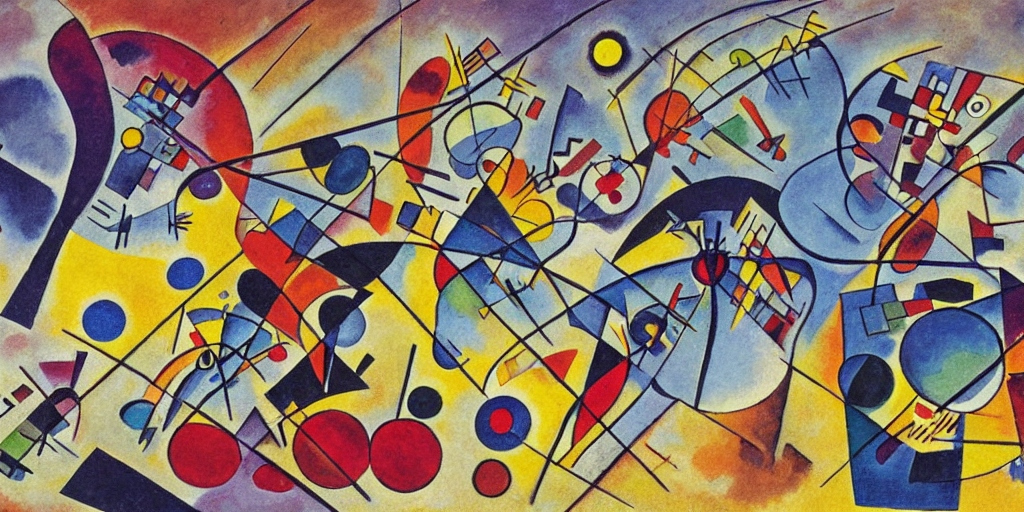
Authors
The design sprint method was developed by Jake Knapp, John Zeratsky, and Braden Kowitz of Google Ventures, and this Design Sprint Framework outlined in detail in their book "Sprint: How to Solve Big Problems and Test New Ideas in Just Five Days." The book provides a step-by-step guide to conducting a design sprint, including how to prepare for the workshop, how to run the sprint itself, and how to follow up and measure the results.
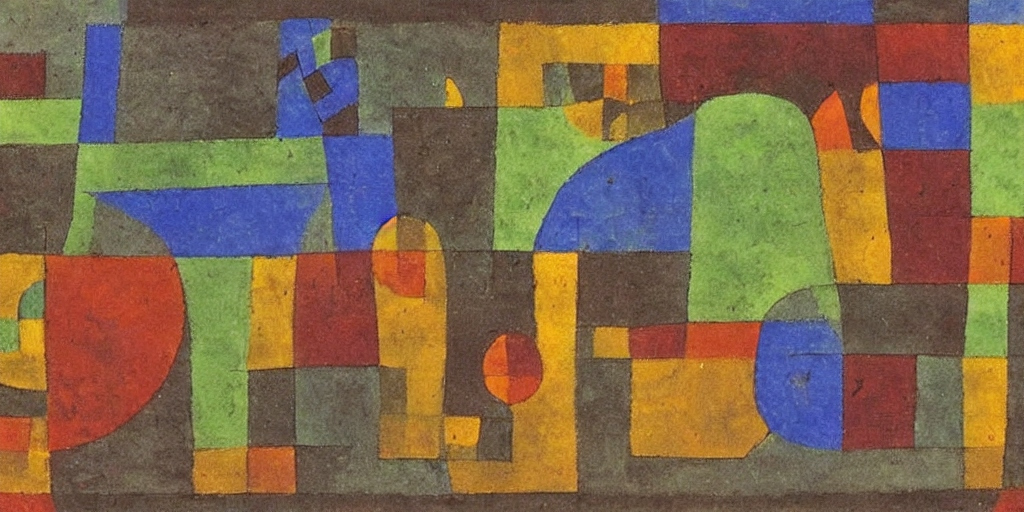
The design sprint strategy is focused and intense, with each day dedicated to a specific phase of the workshop. It's a great way for teams to get buy-in from critical stakeholders and make progress on big challenges quickly.
So, how does the design sprint week look? Let's take a glance at each step in more detail:
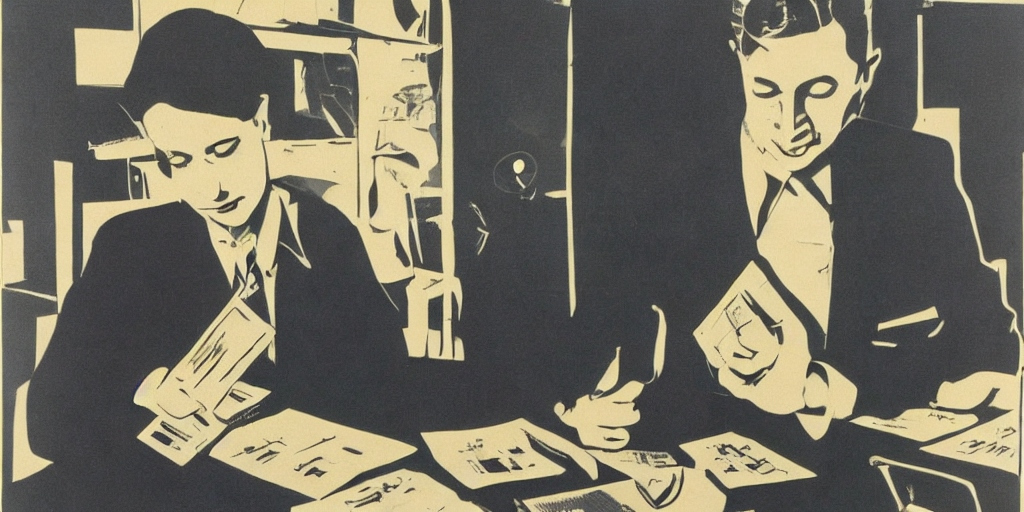
Step 1: Define the Challenge and Set the Long-Term Goal
The first step in the design sprint approach is defining the challenge the group will tackle. This could be a problem that the company is facing, an opportunity to innovate, or a big idea that the group wants to explore.
Once the challenge has been defined, the group should set a long-term goal for what they hope to achieve. This could be a specific metric, such as increasing sales or improving customer satisfaction, or a more general goal, such as developing a new product or service.
Once the crew has its challenge and goal, they should outline the steps they’ll take to get there. These are the steps of the design sprint, and each one should have a specific deliverable that the group will create. Depending on the challenge, this could be a solution to the problem, a new product, or a set of user requirements.
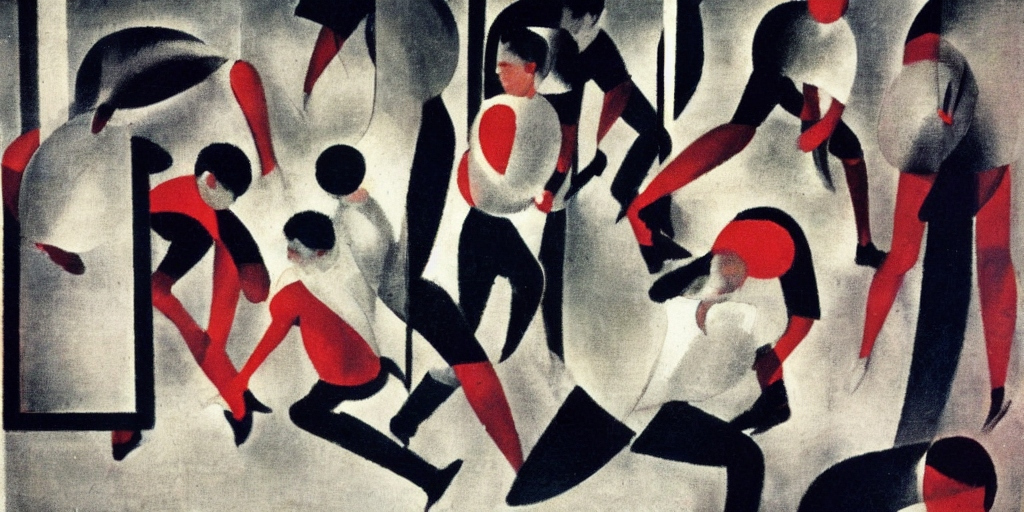
At this stage, the team should also set a theme. This could be a topic that they want to explore or a question they want to answer. For example, if the challenge is improving the customer service in your company, the theme could be “How can we improve customer service?”
At this stage, the group should also set its own sprint goal. This is something that will be achieved during the course of the design sprint. It could be a new idea or a piece of research that needs to be completed, or it could be a decision that needs to be made.
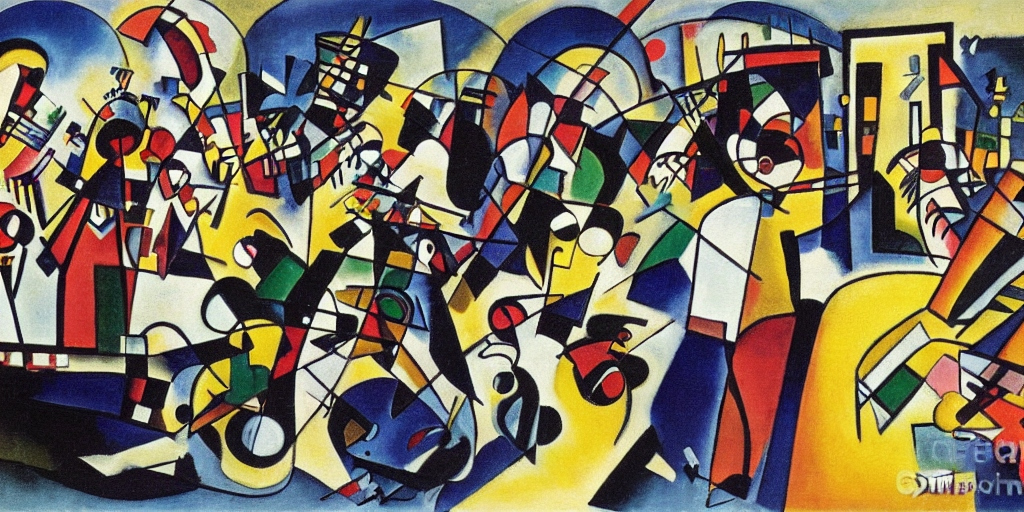
Step 2: Gather Key Stakeholders and Conduct Customer Research
The next step is to gather a small team of essential stakeholders who will be involved in the design sprint. This group should include representatives from different departments and functions within the company, as well as any external experts who may be able to bring valuable perspective to the function.
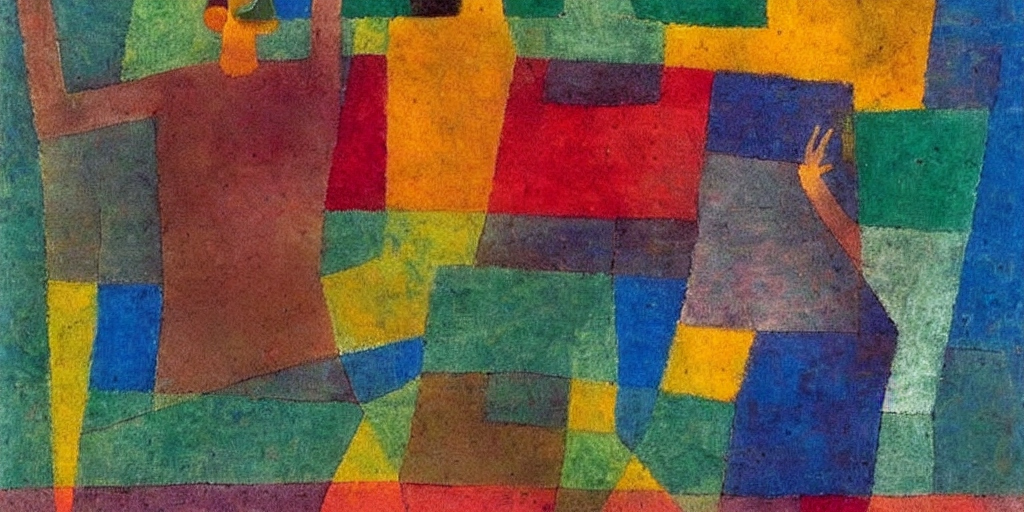
Before the entire sprint begins, the team should also conduct customer research to gather insights and information about their challenges. This could include interviews with customers, surveys, or other forms of market research.
During this pre-work, the group should focus on collaborative activities that will help them better understand their customers’ problems and the potential solutions to those problems.

This would include things like observing customers in their natural environment, team discussions, or creative exercises that stimulate creative thinking. The goal of this pre-work stage is to give the group the necessary context and information that will help to frame the challenge.
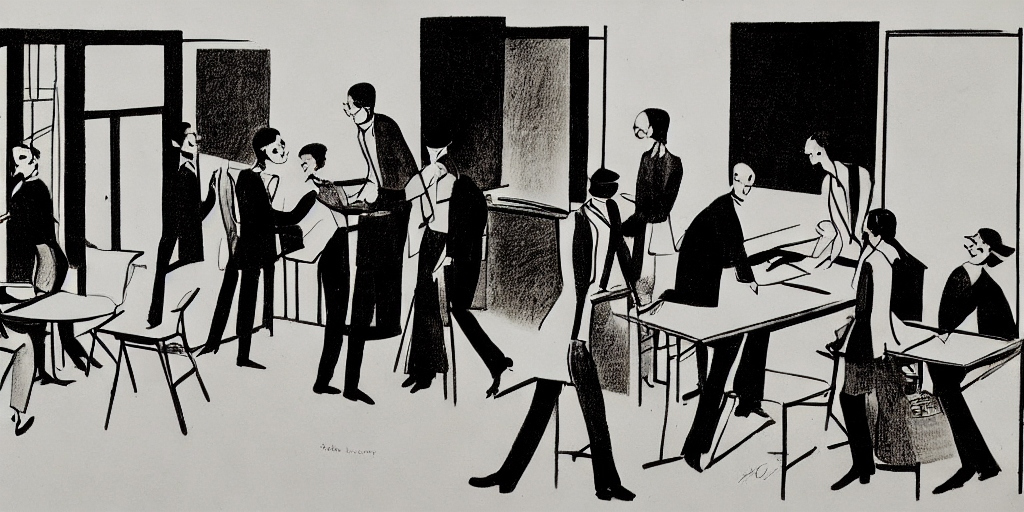
The team should create a detailed roadmap for the design sprint, deciding on the activities that will be included and the order in which they will occur. The roadmap should outline the sprint's goals and the problems the group aims to solve. It’s also a good idea to set a deadline for the design sprint, as this will keep the team on track and prevent the operation from dragging on.
The group should also conduct a “UX audit” of their current website or app. This audit will provide a detailed analysis of the user experience and point out any pain points or frustrations with the current design. The UX audit should also be posted in a public location where other team members can access it and provide their own feedback.
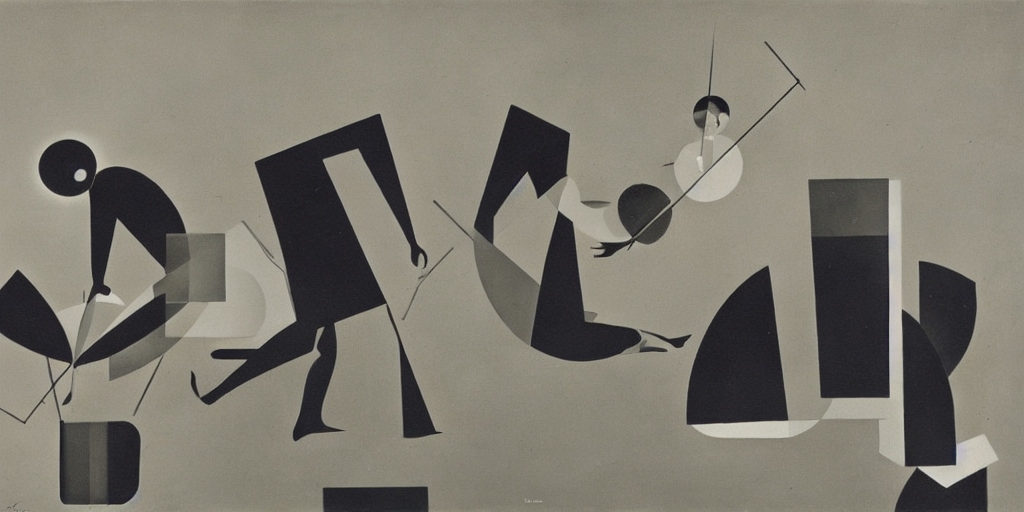
Step 3: Brainstorm and Generate Ideas
On the first day of the sprint, the group will begin brainstorming and generating as many concepts as possible. This should be a creative and open-ended process, with team members encouraged to think big and come up with as many opinions as they can.
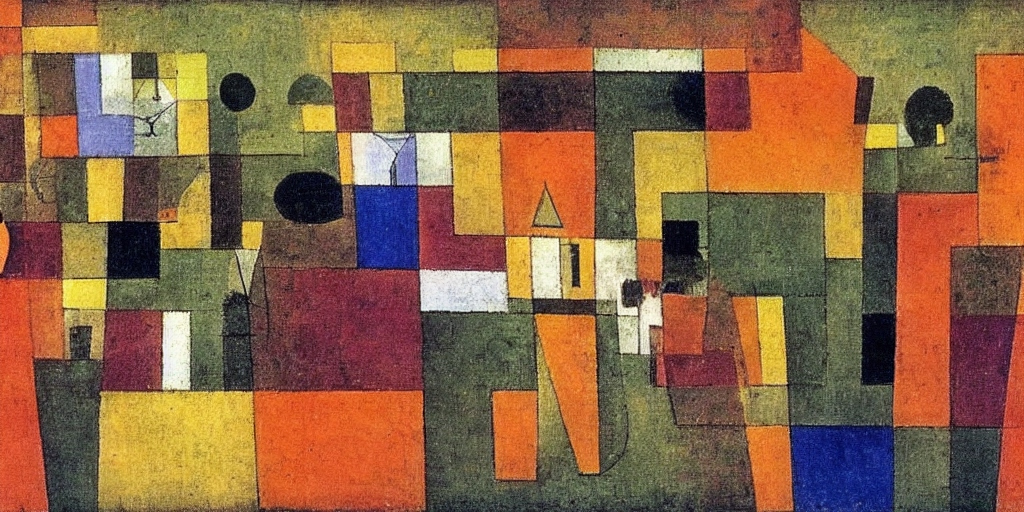
Concepts can be recorded using post-it notes or a whiteboard, and the group should aim to generate as many opinions as possible within a set time frame. At the end of the brainstorming session, the team should review all of the thoughts and narrow down the list to the most promising ones.
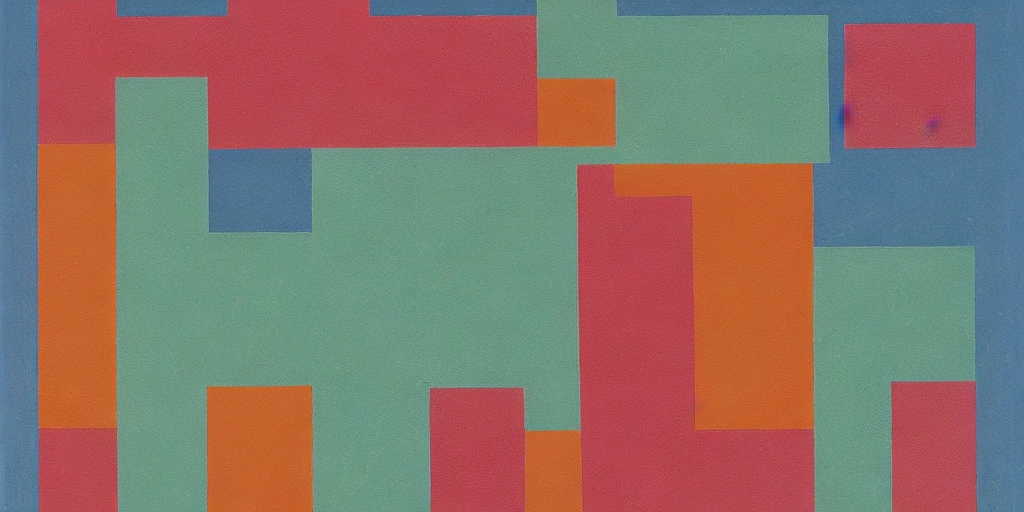
At this stage, the group members must be open to different types of statements. It doesn’t matter if the team members don’t think that an idea is likely to work. At this early stage, generating as many visions as possible is more important than focusing on the idea’s likelihood of success.
Once the group has created a list of concepts, they will discuss each one, and decide which one to focus on for the first day of the sprint. The team should reconvene and review the list of prioritised ideas.
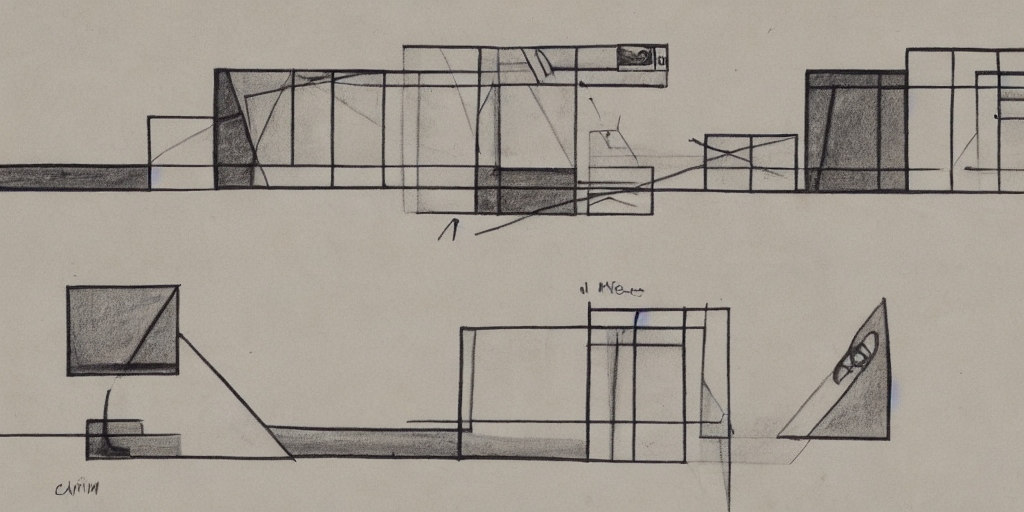
Once the group has its list of statements, it can start planning the first day of the sprint. The first day will be about generating as much code as possible.
This might mean that the team is writing code that is not yet needed, or it could mean that the group is exploring and testing different technologies to see which one would be best to use for the project. At the end of the first day, the team should review what was accomplished and look at the list of conceptions again to see if any of them can be used on the second day of the sprint.
These statements will form the foundation of the sprint, and the group will work on these throughout the duration of the sprint, aiming to refine and develop them into a concrete product. At the end of the sprint, the team will come together and review the concepts to determine which one to develop into a larger project.
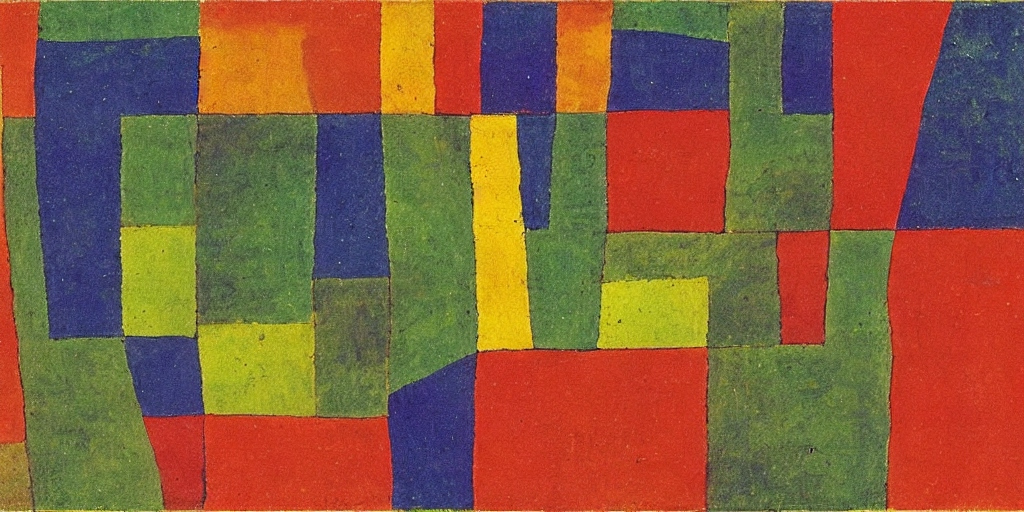
Step 4: Prototype and Testing Ideas
On the second and third days of the sprint, the group will begin prototyping and testing their hypotheses. This could involve sketching out rough concepts, creating wireframes or high-fidelity prototypes, or building functional prototypes using software or hardware.
Prototyping should be a fast and iterative design process, with the team quickly moving from concept to realistic prototype in order to get feedback and validate their assumptions. It's important to keep in mind that the prototypes created during the sprint are not meant to be finished products, but rather rough representations of the concepts being tested and testing ideas.
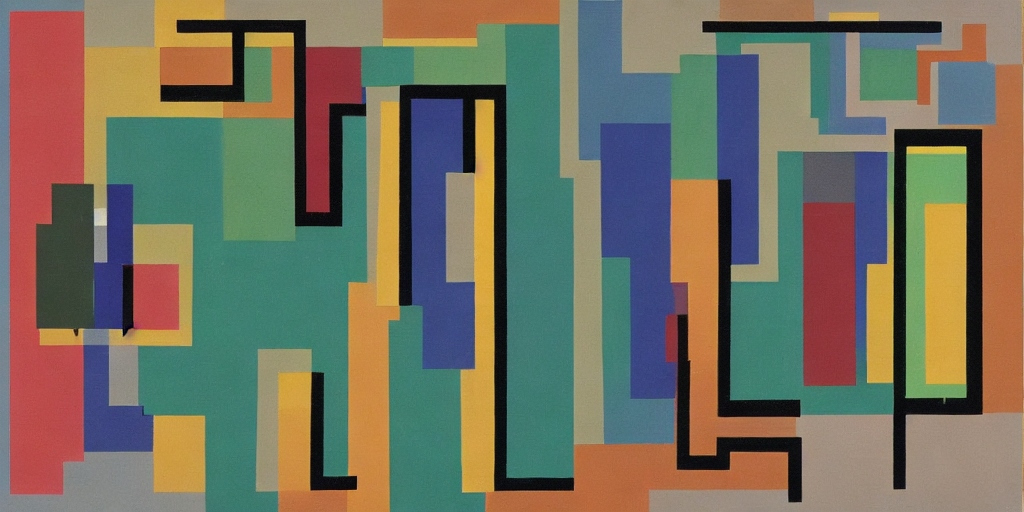
The goal of the prototypes is to test the assumptions made during the blueprints stage and to get feedback from internal and external stakeholders. The group can iterate and refine their arguments by testing assumptions and getting feedback to create a better tested solution. Once the prototypes are in place, the team begins testing with stakeholders.
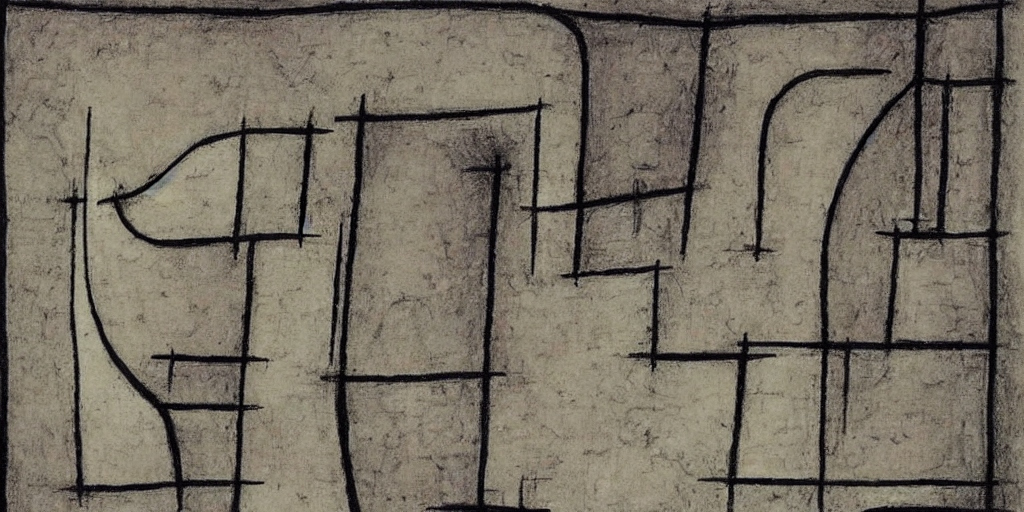
These tests can be done in person or remotely, and they will likely take place over the course of a few days. These tests are another opportunity to get feedback and further refine the team's views. At the end of the sprint, the group will review the results of their testing and determine if there are any changes that need to be made.

These changes may be minor adjustments to the prototypes or larger changes to the original ideas. It's important for the team to be flexible, open to change, and ready for another sprint at any time.
Throughout the prototyping cycle, it's important to keep the group focused on the problem they're trying to solve. At this point, it's important to abandon the "we're done when we have a product" mentality and instead keep things focused on the why.
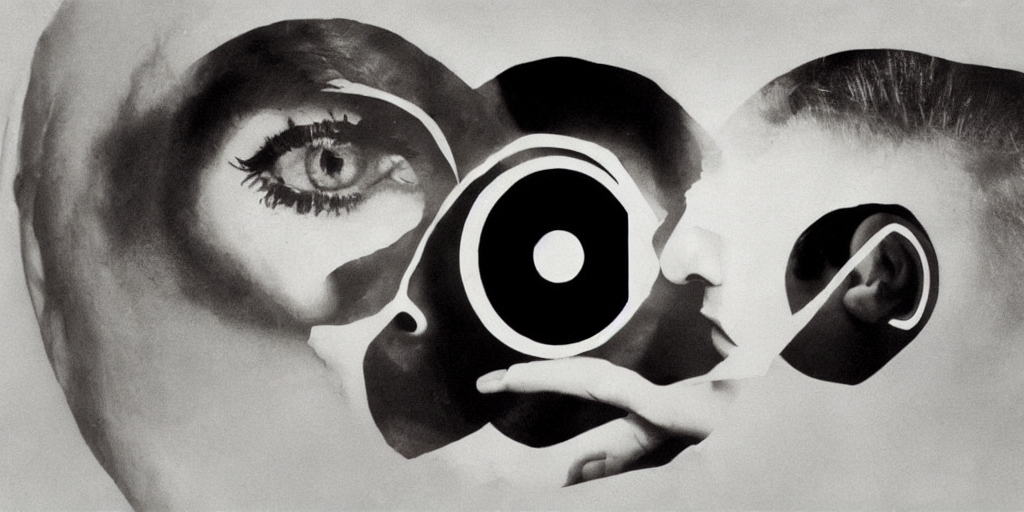
This is where the group works in the context of the problem they're trying to solve. It's important to remember that the why drives the what. Focus on the problem you're solving, and the rest will fall into place.
On the third day of the sprint, the team will conduct a review meeting to assess their progress, set goals for the next sprint, and review the sprint retrospective. At the end of each sprint, teams will meet to discuss what went well, highlight any problems, and set goals for the next sprint. It’s recommended that teams use a structured review method to discuss the past sprint and set goals for the next one.
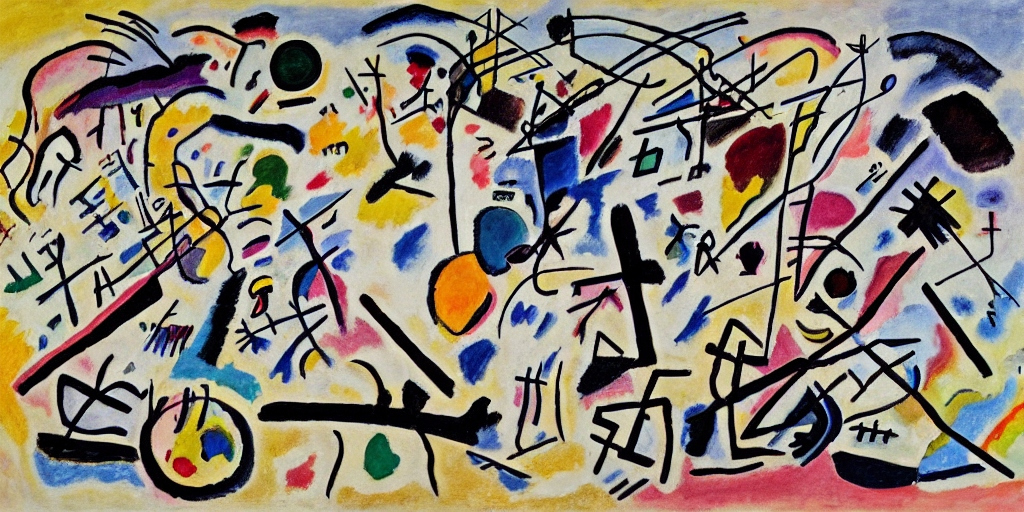
Step 5: Conduct User Testing and Gather Feedback
On the fourth day of the sprint, the group will conduct user testing with real customers or users in order to gather feedback on the prototypes. This could involve conducting one-on-one interviews, hosting focus groups, or running usability tests. Gathering feedback from real users is an important step in the design sprint methodology, as it helps the team to validate their assumptions and ensure that they are creating solutions that meet the needs of their customers.
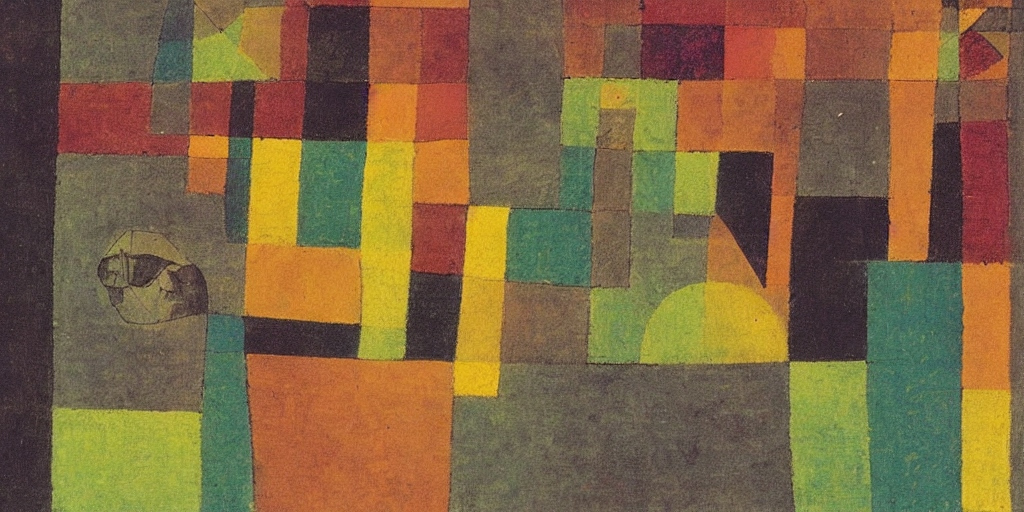
The group will record notes on each day’s activities and findings throughout the design sprint process. After the testing sessions, the team will compile these notes into a report that outlines their learnings and recommendations for the next design sprints. The report is a great documentation for future engineers and designers working on the project, as it provides a detailed overview of the team’s design thinking and research.
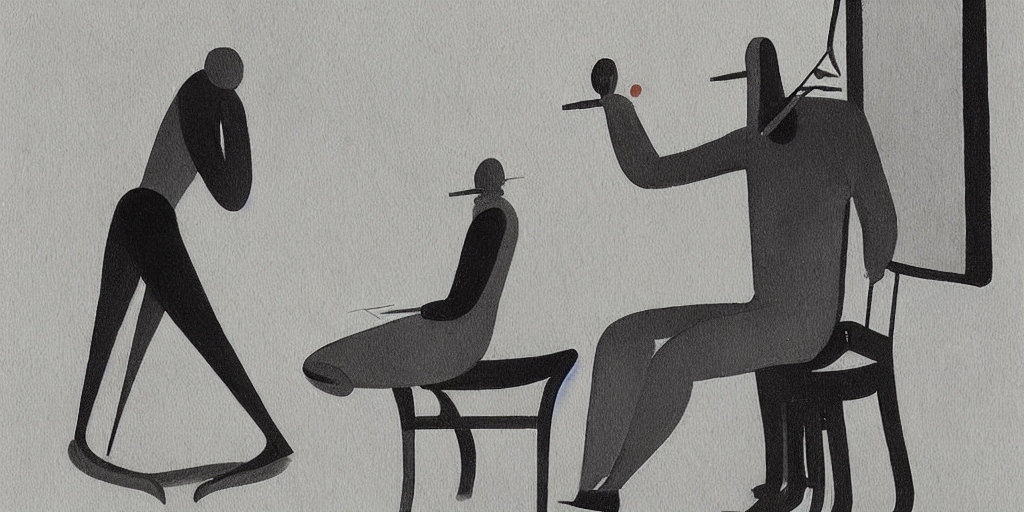
During this approach, the group will assemble feedback reports to share with the entire organization. This will allow the group to iterate on their designs and begin work on the next set of problems to tackle. After four days of hard work and collaboration, the team will come together for a final debrief to share their learnings, reflect on the design sprint process, and identify next steps for the next sprint.
Depending on the type of project, this could be the most important day of the design sprint. User feedback is critical for teams to make necessary changes to future sprints and product development.
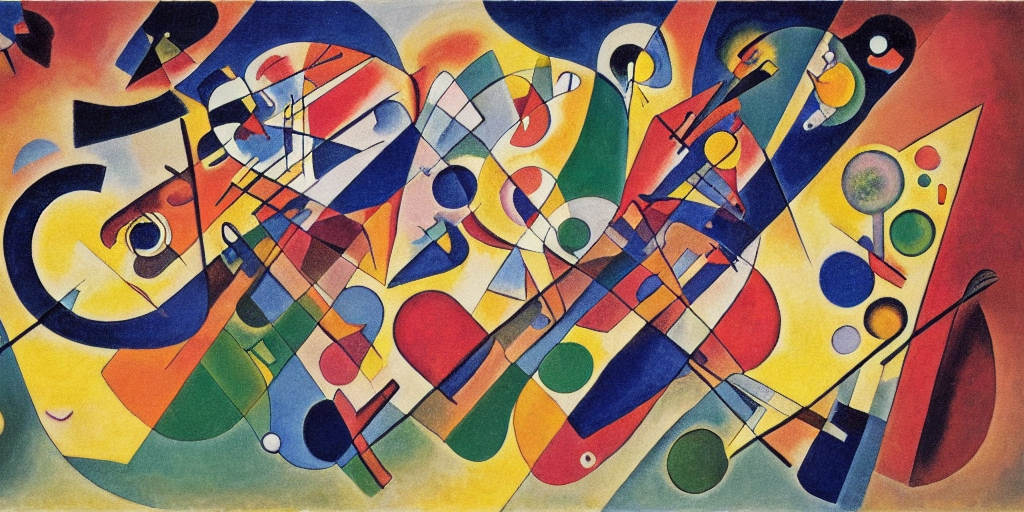
Step 6: Review Results and Determine Next Steps
On the fifth and final day of the sprint, the group will review the results of their testing and determine the next steps for moving forward. This could involve deciding which concepts to pursue further, identifying any additional research or testing that needs to be done, or creating a step-by-step plan for implementing the winning concepts.
It's important to note that the design sprint process is just the beginning, and teams will need to continue to iterate and refine their thoughts as they move forward. However, by following the design sprint process, groups can quickly validate their ideas and ensure that they are solving the right problems and creating solutions that meet the needs of their customers.
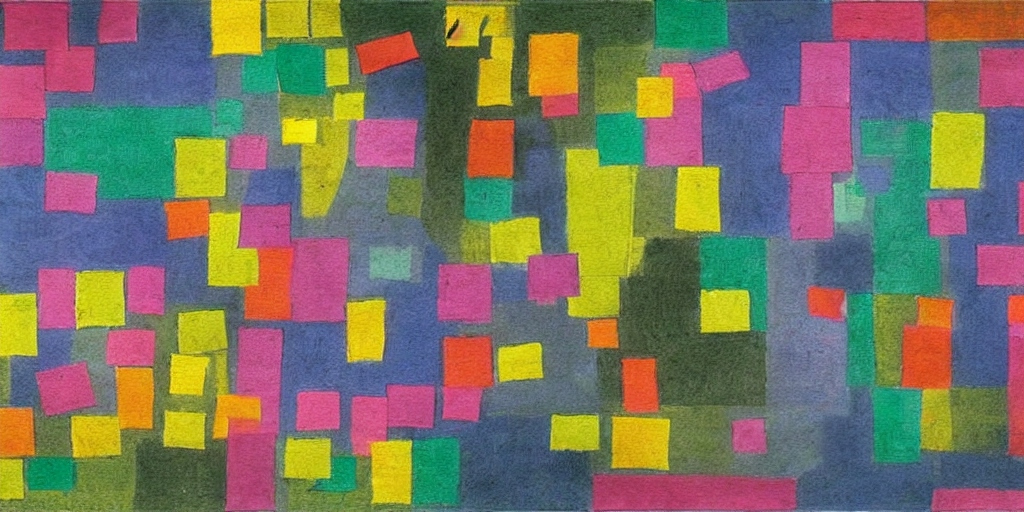
It's also important to remember that the design sprint cycle is highly flexible and can be customized to meet the needs of your group and project. By actively engaging your customers and stakeholders throughout the method, you can create products and solutions that truly meet their needs and exceed their expectations.
Throughout the procedure, it’s important that group members remain open to feedback, both from one another and from customers. By working together and following the steps outlined above, your group will be on the path to creating successful products.
The design sprint process is cyclical, meaning that it does not have to be followed exactly from start to finish. It can be used at any point in the product development process to help teams move forward more quickly and efficiently.
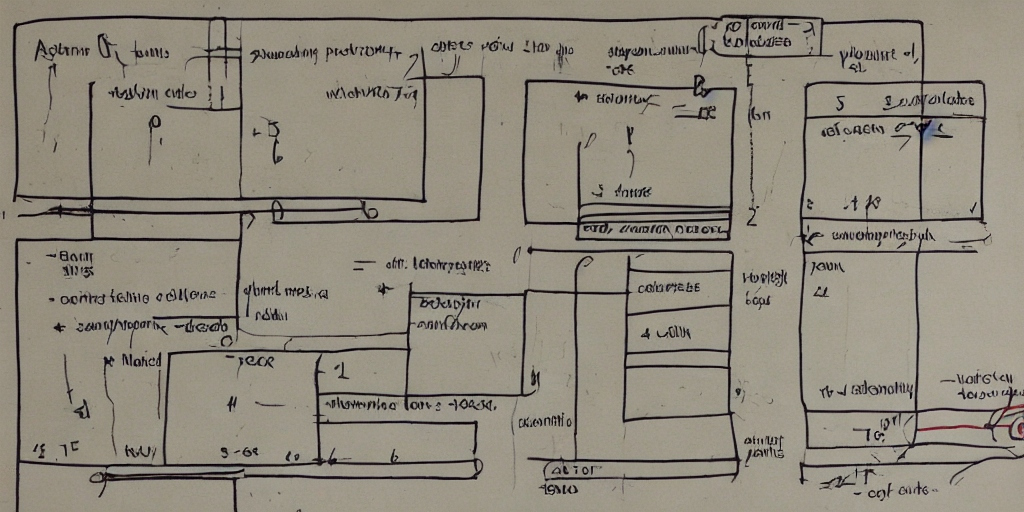
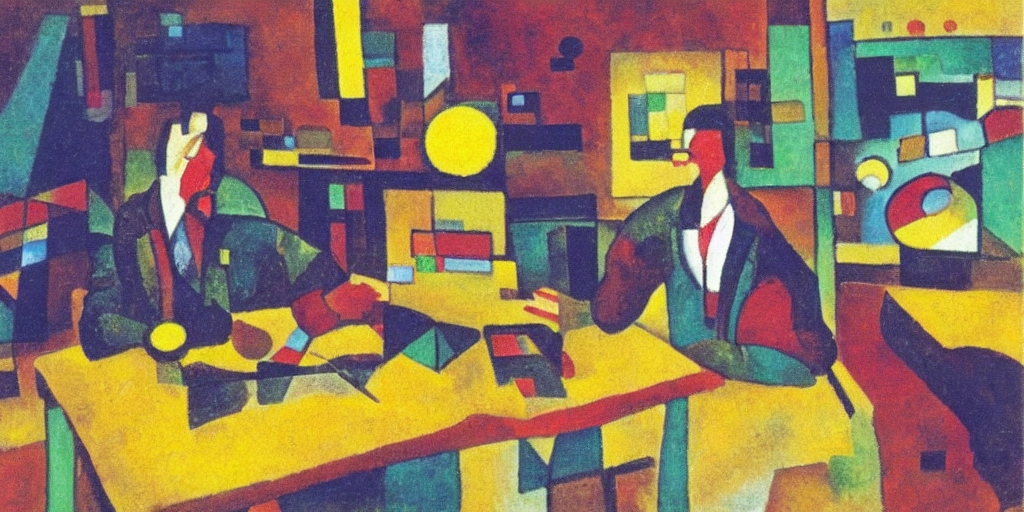
Conclusion
In conclusion, the design sprint is a powerful tool for teams looking to quickly test and validate ideas. By bringing together a small group of pivotal stakeholders and using a structured process for brainstorming, prototyping, and testing, groups can generate and validate concepts in just a few days. Whether you're looking to solve a big quest or simply want to come up with new ideas for your business, the design sprint method is a great way to get started.

More Tips For Design Sprints
Throughout the process, be sure to document your work and share it with your group members. Taking notes will help you to remember important details of each session. You might also consider taking photos or recording videos to document your process.
For more information on how to conduct design sprints, check out our blog or sign up for our email list.
